Home>Storage & Organization>Decluttering Tips & Tricks>How To Declutter Books
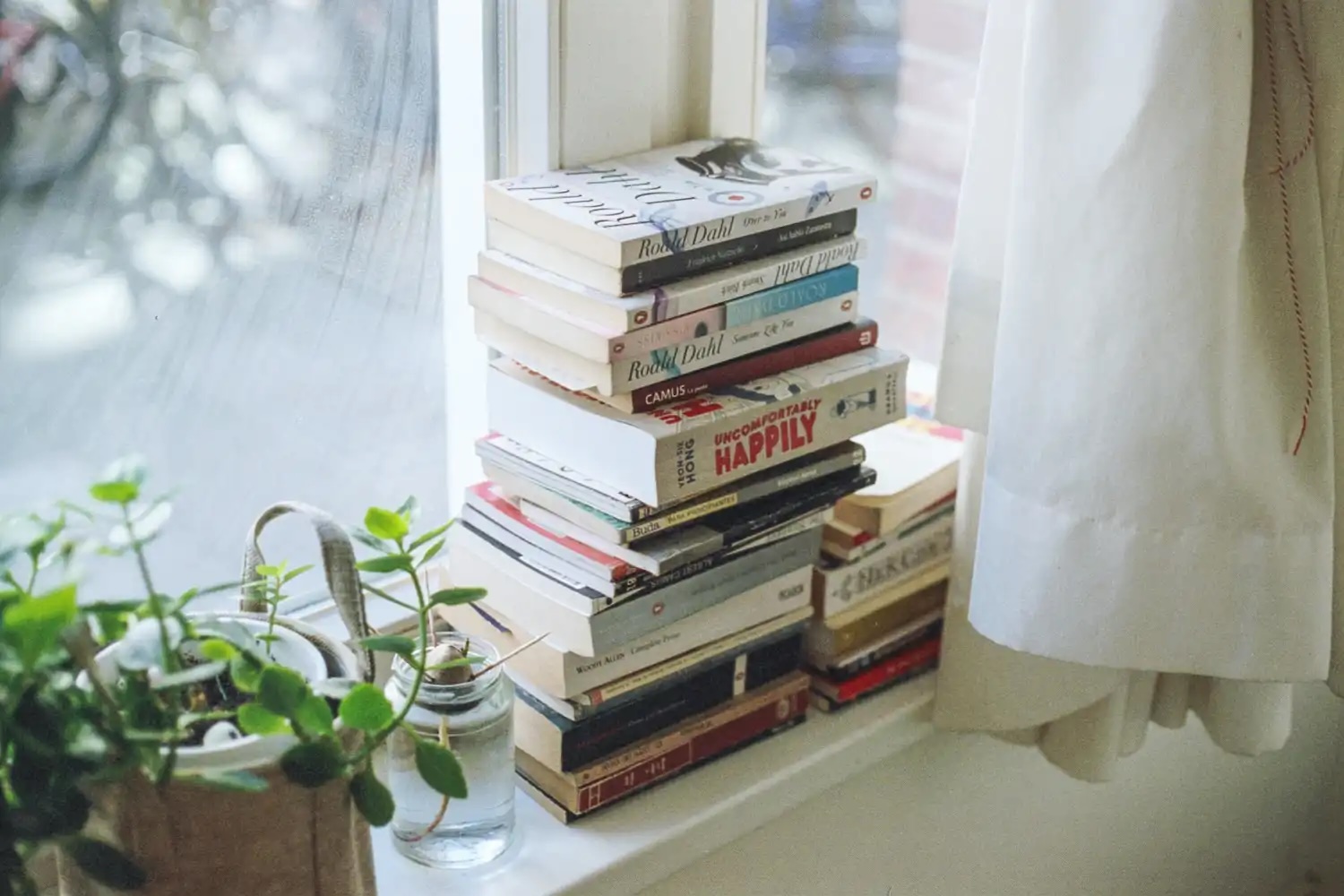

Decluttering Tips & Tricks
How To Declutter Books
Published: December 25, 2023
Learn effective decluttering tips and tricks to organize your book collection and create a clutter-free space. Discover how to declutter books efficiently and transform your home.
(Many of the links in this article redirect to a specific reviewed product. Your purchase of these products through affiliate links helps to generate commission for Storables.com, at no extra cost. Learn more)
Introduction
Introduction
Decluttering your home can be a liberating experience, and one area that often requires attention is the book collection. Whether you're a book lover, a casual reader, or someone who has inherited a mountain of books, finding ways to declutter and organize your collection can bring a sense of calm and order to your living space.
Books have a way of accumulating over time, and while each one may hold sentimental value or the promise of being read someday, the reality is that not all books need to take up permanent residence in your home. By decluttering your book collection, you can create more space, reduce visual clutter, and make it easier to find and enjoy the books that truly matter to you.
In this guide, we'll explore practical tips and strategies for decluttering your books, from assessing your collection to finding new homes for unwanted books and organizing the ones you choose to keep. Whether you're looking to downsize your collection, reorganize your shelves, or simply gain a better sense of control over your books, this guide will provide you with the inspiration and know-how to create a clutter-free and enjoyable reading environment in your home.
Assessing Your Book Collection
Key Takeaways:
- Decluttering your book collection involves assessing, sorting, and choosing books that align with your current interests and aspirations, creating a purposeful and harmonious reading environment.
- Finding new homes for unwanted books through donation, swaps, or sales fosters a sustainable reading culture and connects you with fellow book enthusiasts, spreading the joy of literature.
Read more: How To Declutter Everything
Assessing Your Book Collection
Before diving into the decluttering process, it’s essential to assess your book collection with a critical eye. This step will help you gain a clear understanding of the scope of your collection and set the stage for making informed decisions about which books to keep, donate, or part with.
Start by gathering all your books in one central location, whether it’s a dedicated bookshelf, multiple shelves throughout your home, or even stacked in various rooms. As you bring them together, take a moment to appreciate the sheer volume of your collection. This visual representation can be eye-opening and motivate you to streamline your books.
Next, consider the following factors as you assess your collection:
- Frequency of Use: Identify which books you refer to frequently and those that have been untouched for an extended period. Books that haven’t been opened in years may be prime candidates for decluttering.
- Sentimental Value: Some books hold sentimental value due to the memories associated with them. While it’s important to honor these connections, consider whether every book holds significant sentimental value or if some can be let go without diminishing their importance.
- Relevance: Assess the relevance of each book to your current interests, hobbies, or professional pursuits. As our lives evolve, so do our reading preferences, and it’s natural for certain books to no longer align with our present selves.
- Physical Condition: Take note of the physical condition of each book. Books that are damaged, mildewed, or beyond repair may need to be discarded or recycled, especially if their content is readily available elsewhere.
By evaluating your collection through these lenses, you’ll gain valuable insights into the nature of your book hoard and be better equipped to make decisions about which books to keep and which to declutter. This process sets the stage for the next steps in the decluttering journey, guiding you toward a more curated and purposeful book collection.
Sorting and Categorizing Your Books
Sorting and Categorizing Your Books
Once you’ve assessed your book collection, the next step in the decluttering process involves sorting and categorizing your books. This step is crucial for gaining a comprehensive overview of your collection and streamlining it effectively. Here’s how you can approach this task:
1. Create Categories: Begin by creating broad categories for your books based on genres, themes, or any classification that resonates with you. Fiction, non-fiction, reference, self-help, memoirs, and cookbooks are just a few examples of categories you might consider. This initial sorting will help you visualize the diversity of your collection and lay the groundwork for more detailed organization.
2. Subcategorize as Needed: Within each broad category, further subdivide your books based on specific themes, authors, or any other relevant criteria. For instance, within the fiction category, you might create subcategories for mystery, historical fiction, science fiction, and so on. This level of granularity will make it easier to locate and manage your books in the future.
3. Consider Your Lifestyle: As you sort and categorize, consider how your lifestyle and reading habits align with your collection. If you’re an avid cook, for example, cookbooks might warrant a prominent place on your shelves. Similarly, if you rarely revisit certain genres, consider allocating less space to those categories.
4. Evaluate Space Constraints: Take stock of your available storage space and consider how it can best accommodate your categorized books. This assessment will guide you in determining the practicality of retaining certain books and may prompt you to prioritize the most cherished and frequently accessed titles.
By sorting and categorizing your books, you’ll gain a clearer understanding of the composition of your collection and lay the groundwork for making informed decisions about which books to keep, donate, or rehome. This process also sets the stage for organizing and displaying your curated collection in a way that reflects your reading preferences and lifestyle.
Choosing What to Keep
Choosing What to Keep
As you sort and categorize your books, you’ll inevitably reach the pivotal stage of deciding which books to keep in your curated collection. This process involves thoughtful consideration and may require you to confront attachments and habits that influence your relationship with books. Here are some strategies to help you navigate this decision-making process:
1. Prioritize Favorites: Identify the books that hold significant personal or intellectual value to you. These might include timeless classics, treasured gifts, or volumes that have had a profound impact on your life. Prioritizing these favorites can help you build a collection that truly resonates with your interests and aspirations.
2. Consider Relevance: Assess the relevance of each book to your current and future interests. While some books may have once captivated your attention, it’s natural for our reading preferences to evolve. Be honest with yourself about whether certain books still align with your passions and pursuits.
3. Quality Over Quantity: Embrace the concept of quality over quantity when selecting books to keep. Instead of striving for an extensive collection, focus on curating a selection of books that you genuinely cherish and are likely to revisit. This approach can lead to a more meaningful and enriching reading experience.
4. Let Go of Guilt: Release any guilt associated with parting with books. Whether it’s due to unread volumes, gifts from well-meaning individuals, or unfinished series, it’s essential to recognize that decluttering your collection is a positive step toward creating a more intentional and manageable library.
5. Future Reading Intentions: Consider your future reading intentions when deciding which books to keep. If you have a stack of unread books that no longer pique your interest, assess whether they align with your current reading goals or if it’s time to pass them on to someone who will appreciate them more.
By employing these strategies, you can make informed decisions about which books to retain in your collection, ensuring that the books you keep align with your evolving interests and aspirations. This process paves the way for a curated and purposeful book collection that reflects your unique reading journey and preferences.
Finding New Homes for Unwanted Books
When decluttering books, start by sorting them into categories such as keep, donate, or sell. Be honest with yourself about which books you truly want to keep and let go of the ones that no longer serve you.
Finding New Homes for Unwanted Books
Once you’ve identified the books you’re ready to part with, the next step is to find new homes for them. Whether you choose to donate, sell, or exchange your unwanted books, there are numerous avenues to explore, each offering a chance to share the joy of reading with others. Here are several options for rehoming your books:
1. Donate to Libraries or Schools: Consider donating your books to local libraries, schools, or community centers. These institutions often welcome book donations and can put your unwanted books into the hands of eager readers.
2. Support Charitable Organizations: Look for charitable organizations, such as literacy programs or book donation drives, that accept book donations. Your books can contribute to educational initiatives and provide access to reading material for individuals in need.
3. Host a Book Swap: Organize a book swap event with friends, family, or your local community. This interactive and sustainable approach allows participants to exchange books they’ve already read for new titles, fostering a sense of community and promoting the circulation of literature.
4. Sell or Trade Online: Explore online platforms that facilitate book sales, trades, or exchanges. Websites and apps dedicated to secondhand books provide a convenient way to connect with fellow book enthusiasts and pass on your unwanted books to new owners.
5. Share with Friends and Family: Offer your unwanted books to friends, family members, or colleagues who may appreciate them. Sharing your books with loved ones can spark conversations and create opportunities for communal reading experiences.
6. Local Book Drives or Little Free Libraries: Check for local book drives or Little Free Libraries in your community. These initiatives encourage book sharing and promote literacy, offering accessible outlets for distributing your unwanted books.
By exploring these options, you can ensure that your unwanted books find new homes where they can be appreciated and enjoyed by others. Embracing the spirit of sharing and community, rehoming your books contributes to a sustainable reading culture and fosters a sense of connection through the love of literature.
Organizing and Displaying Your Books
Read more: How To Declutter Your Desk
Organizing and Displaying Your Books
Once you’ve curated your collection and found new homes for unwanted books, it’s time to organize and display the books you’ve chosen to keep. Thoughtful organization and creative display methods can transform your bookshelves into a visually appealing and functional focal point in your home. Here are some tips for organizing and showcasing your curated collection:
1. Strategic Arrangement: Consider organizing your books in a way that reflects your reading habits and preferences. Group books by genre, author, or theme, and arrange them in a manner that makes it easy to locate and retrieve specific titles. This approach not only streamlines access to your books but also adds a personalized touch to your shelves.
2. Utilize Bookends and Decorative Accents: Incorporate bookends, decorative objects, or plants to add visual interest and structure to your bookshelves. These accents can help break up the visual monotony of rows of books and create a more dynamic and aesthetically pleasing display.
3. Consider Alternative Storage: Explore unconventional storage options, such as wall-mounted shelves, floating book ledges, or modular storage units, to add versatility and visual intrigue to your book display. Mixing and matching storage solutions can lend a unique and personalized character to your book organization.
4. Create Reading Nooks: Designate cozy reading nooks within your living space by integrating a small selection of books alongside comfortable seating and adequate lighting. This dedicated space can serve as a tranquil retreat for immersive reading experiences and further integrate your books into your daily life.
5. Rotate Displays: Periodically rotate the books on display to showcase different titles and keep your shelves visually dynamic. This practice not only prevents visual stagnation but also encourages you to revisit and rediscover books that may have been temporarily overshadowed.
6. Embrace Minimalism: Emphasize a minimalist aesthetic by decluttering your shelves and leaving ample breathing room between books. This approach can create a sense of openness and tranquility, allowing your curated collection to stand out without overwhelming the space.
By applying these strategies, you can transform your book organization into a visually compelling and personalized expression of your reading journey. Thoughtful curation and creative display techniques can elevate your home environment and foster a deeper appreciation for the books that hold significance in your life.
Maintaining a Clutter-Free Book Collection
Maintaining a Clutter-Free Book Collection
After decluttering, organizing, and displaying your curated collection, maintaining a clutter-free and harmonious book environment becomes an ongoing endeavor. By implementing simple yet effective practices, you can preserve the curated nature of your collection and continue to derive joy from your books. Here are some strategies for sustaining a clutter-free book collection:
1. Regular Assessment: Schedule periodic assessments of your book collection to identify any new additions that may no longer align with your preferences or reading goals. This proactive approach allows you to address potential clutter before it accumulates.
2. One In, One Out Rule: Adopt a “one in, one out” rule when acquiring new books. For every new addition to your collection, consider parting with an existing book to maintain a balanced and intentional library. This practice encourages mindful curation and prevents unchecked accumulation.
3. Commit to Reading: Prioritize reading the books in your collection to fully appreciate and engage with them. By actively engaging with your books, you can discern which titles resonate with you and ensure that each book holds value and relevance in your collection.
4. Regular Maintenance: Dedicate time to dusting, organizing, and reevaluating your bookshelves on a regular basis. This routine maintenance not only keeps your collection visually appealing but also provides an opportunity to reassess the significance of each book in your library.
5. Mindful Acquisitions: Exercise discernment when acquiring new books, whether through purchases, gifts, or exchanges. Consider the long-term appeal and relevance of potential additions to your collection, ensuring that each new book aligns with your reading preferences and contributes meaningfully to your library.
6. Cultivate a Reading Ritual: Establish a reading ritual or routine that integrates your books into your daily life. Whether it’s dedicating time for leisure reading, participating in book clubs, or engaging in literary discussions, incorporating your books into your routine reinforces their value and relevance in your life.
By embracing these practices, you can uphold the curated nature of your book collection and cultivate a sustainable and meaningful relationship with your books. Maintaining a clutter-free library fosters a sense of intentionality and appreciation for the books that enrich your living space and intellectual landscape.
Conclusion
Conclusion
Decluttering and curating your book collection is a transformative journey that extends beyond creating physical space; it encompasses a deliberate and meaningful relationship with literature. By assessing, sorting, and choosing books that align with your current interests and aspirations, you have the opportunity to craft a curated collection that reflects your unique reading journey.
As you navigate the process of finding new homes for unwanted books and organizing your curated collection, remember that each step contributes to the creation of a harmonious and purposeful book environment. Embracing minimalist principles, mindful acquisitions, and regular maintenance enables you to sustain a clutter-free library that enriches your living space and resonates with your reading preferences.
Ultimately, the goal of decluttering your book collection is to create a space where your books are not only stored but also celebrated. Whether through strategic organization, creative displays, or the cultivation of reading rituals, your curated collection can become an integral part of your home environment and a source of inspiration and intellectual nourishment.
By maintaining a clutter-free book collection, you not only enhance the visual appeal of your living space but also foster a deeper connection with the books that hold significance in your life. Each book becomes a deliberate choice, a cherished companion, and a gateway to new worlds and ideas.
As you continue to refine and maintain your curated collection, may your books continue to inspire, educate, and bring joy, creating a haven of literary treasures within your home.
Frequently Asked Questions about How To Declutter Books
Was this page helpful?
At Storables.com, we guarantee accurate and reliable information. Our content, validated by Expert Board Contributors, is crafted following stringent Editorial Policies. We're committed to providing you with well-researched, expert-backed insights for all your informational needs.
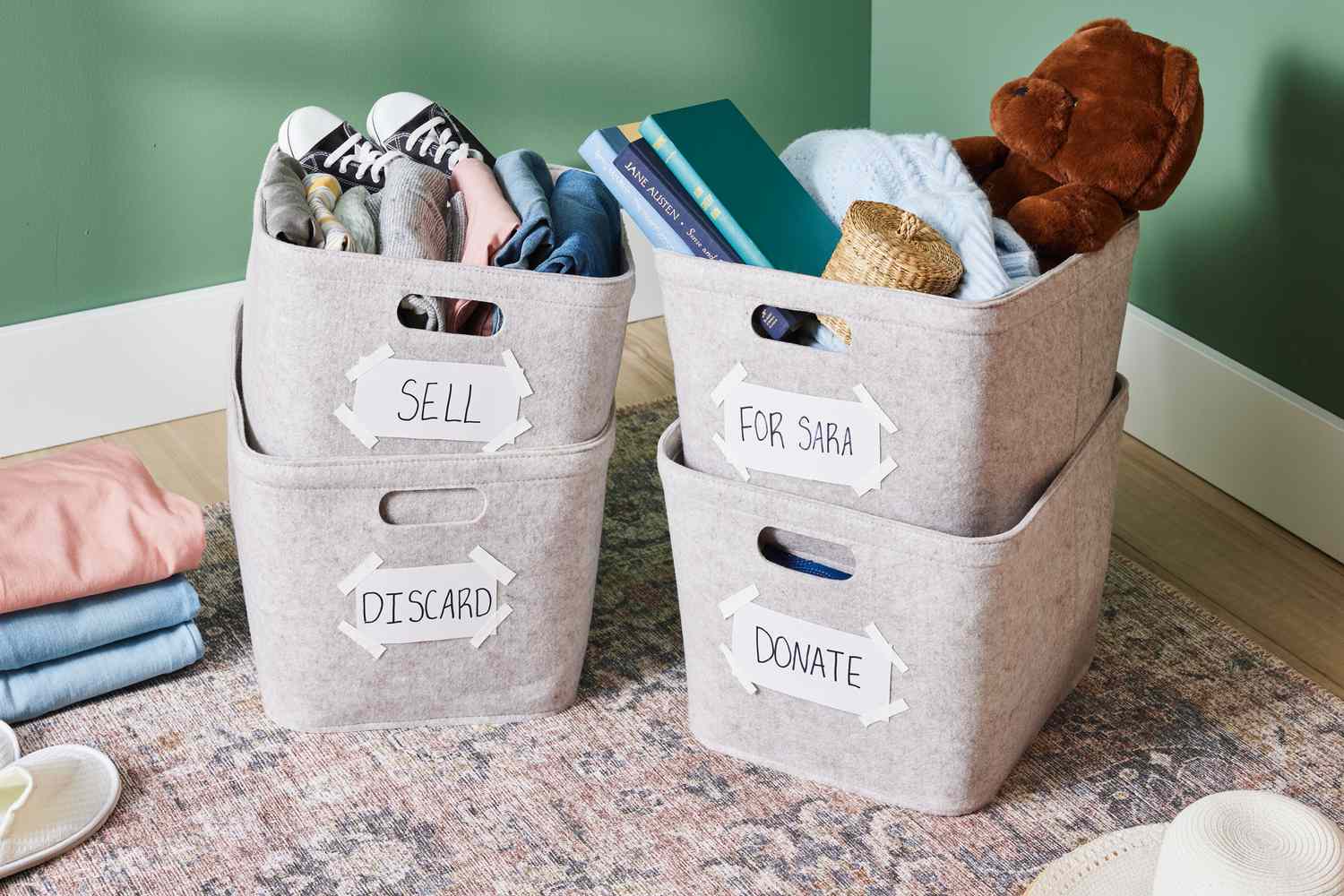

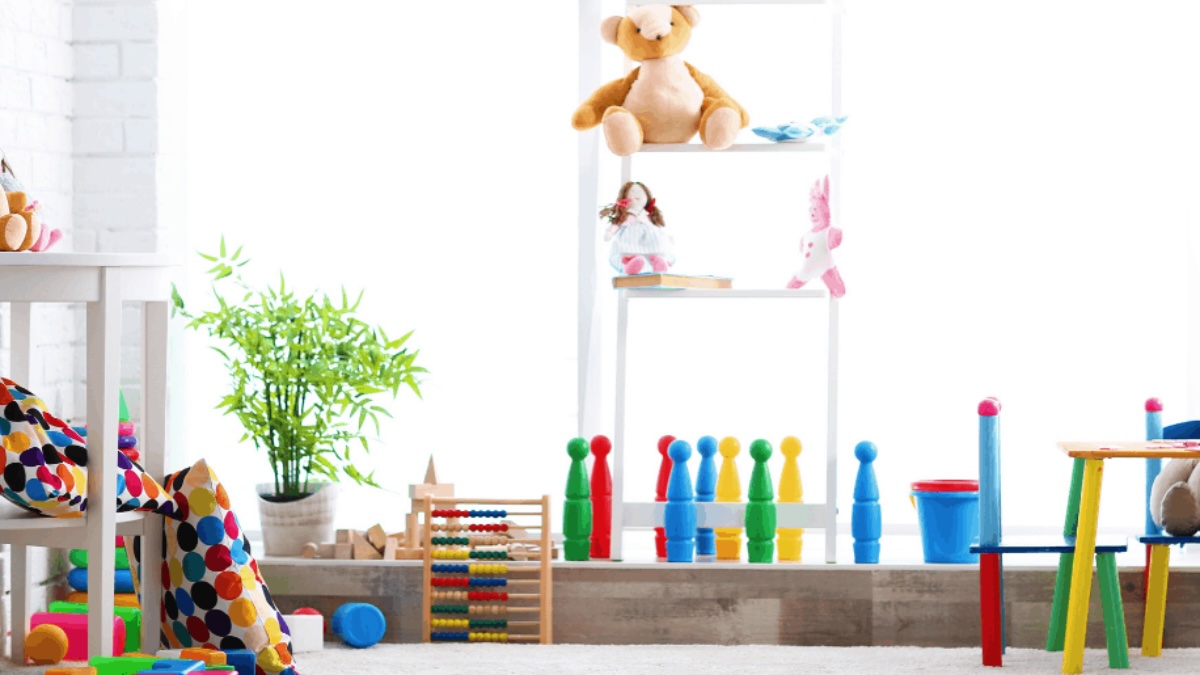

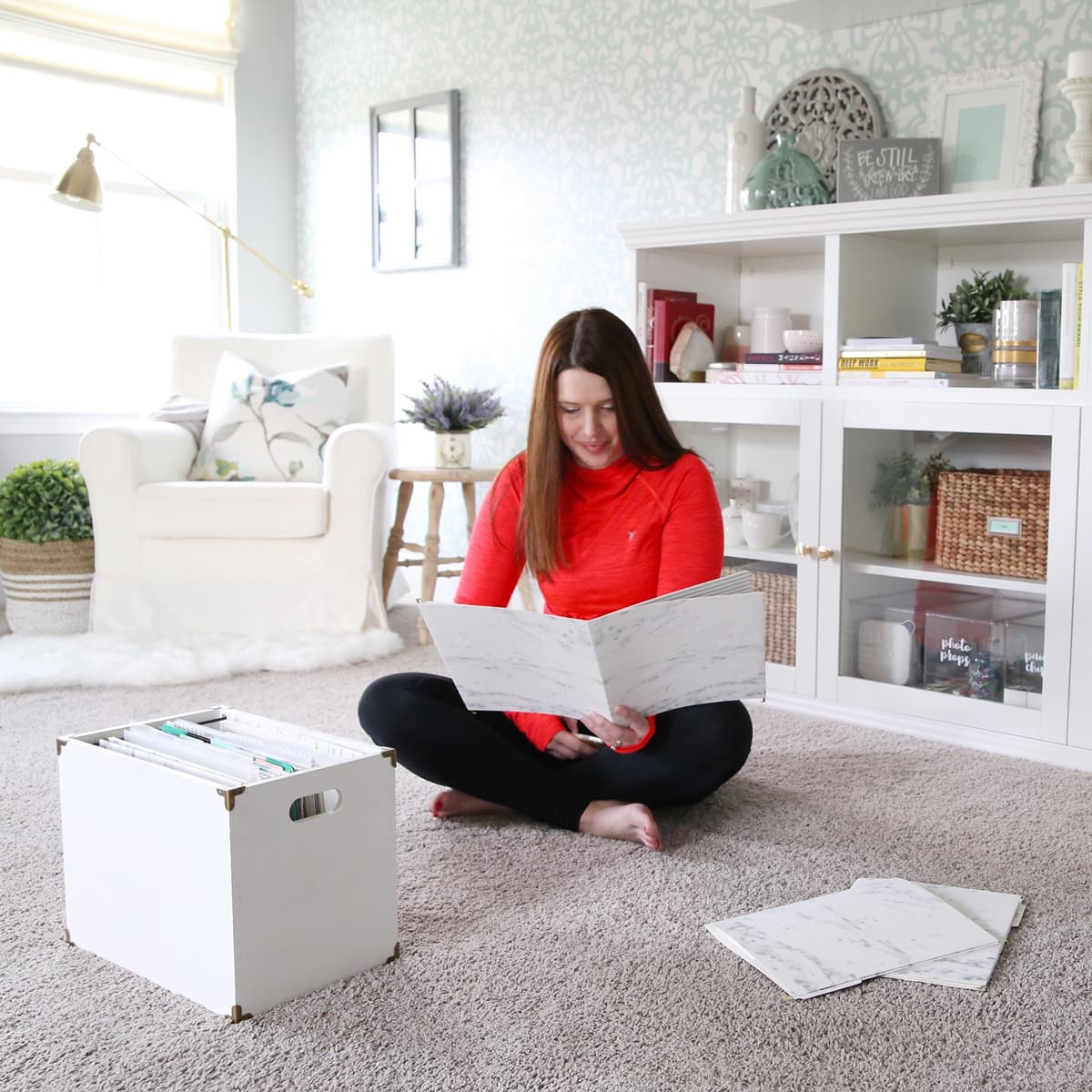
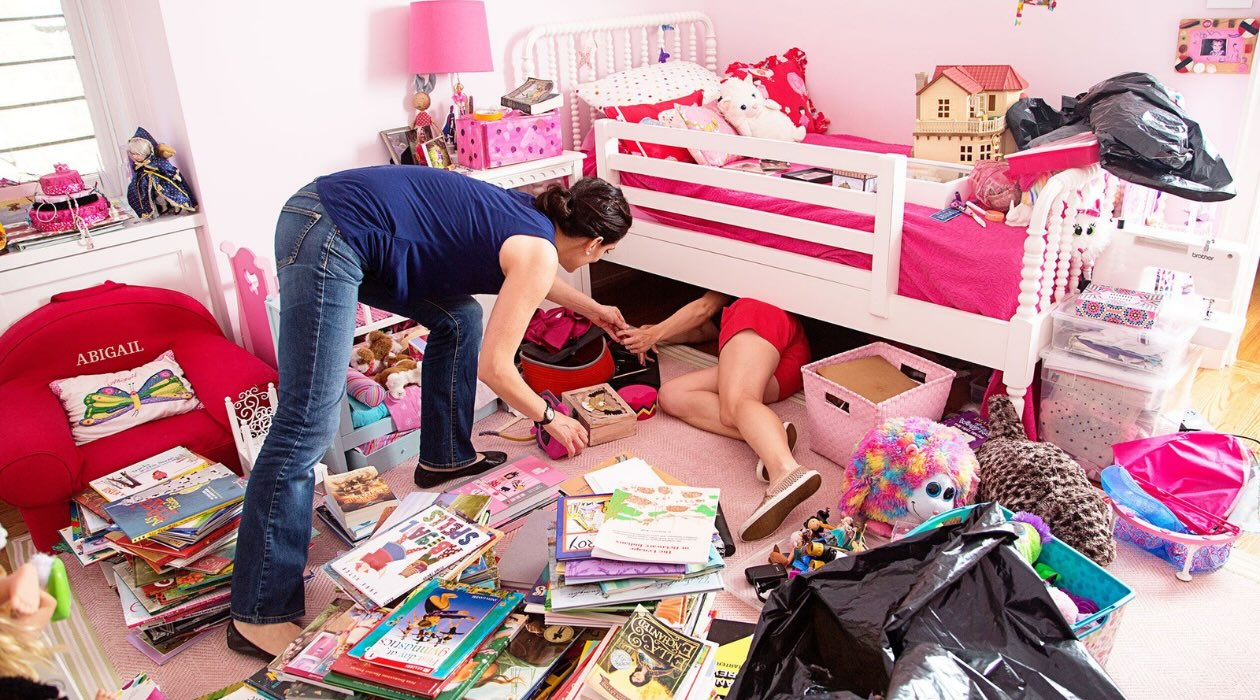

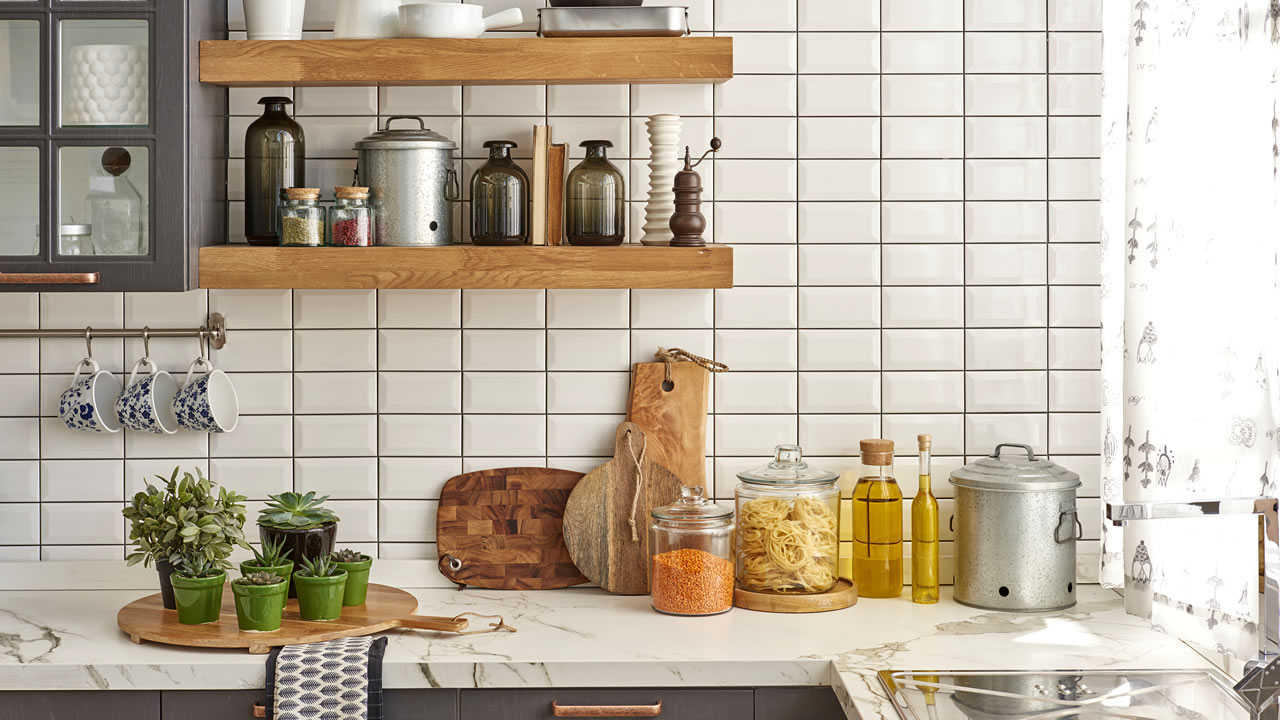

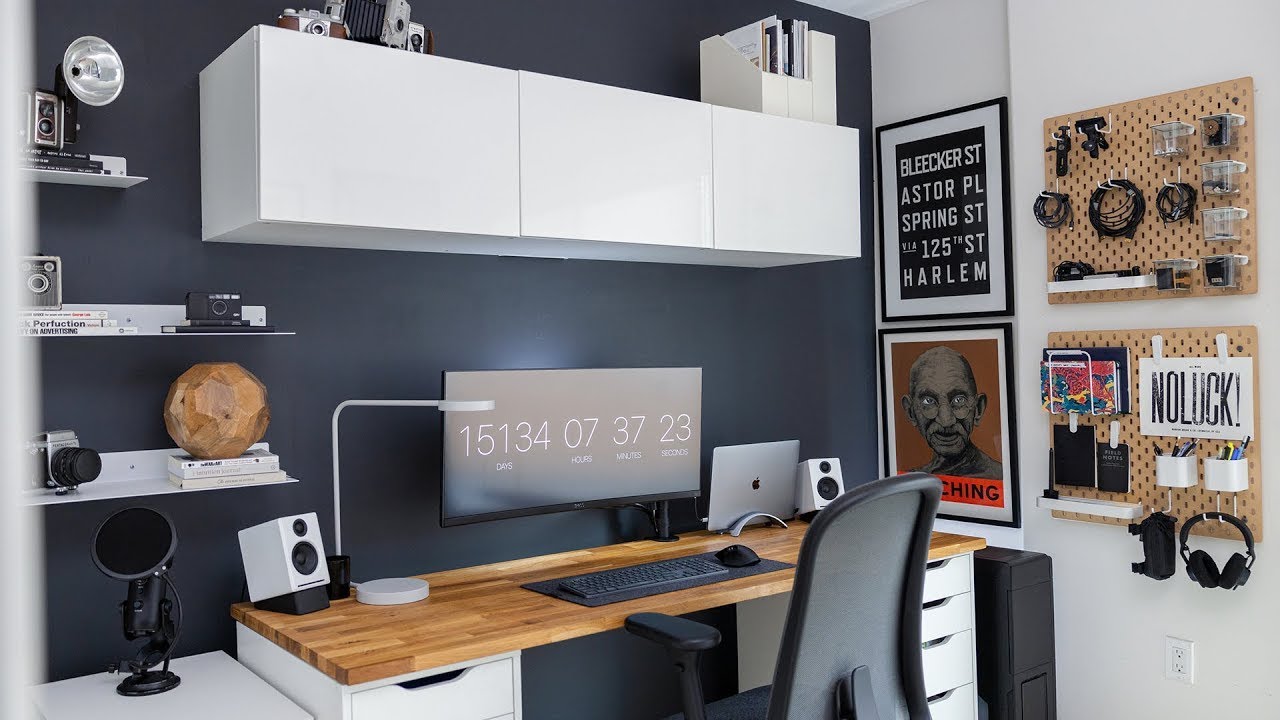





0 thoughts on “How To Declutter Books”